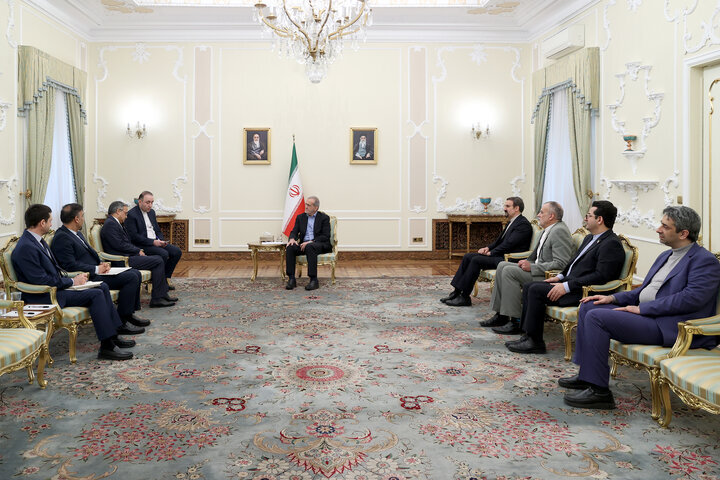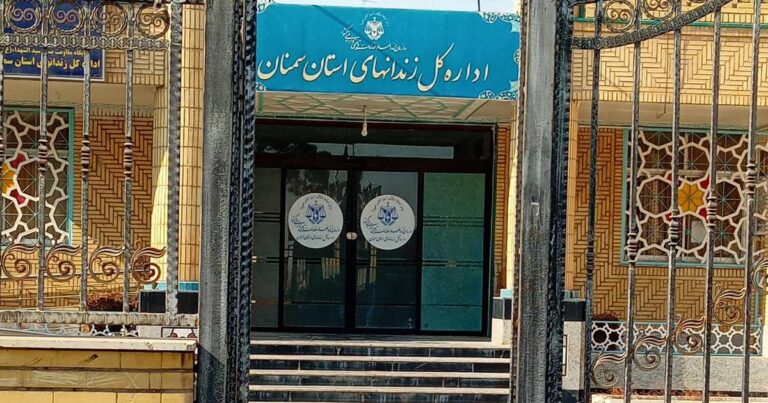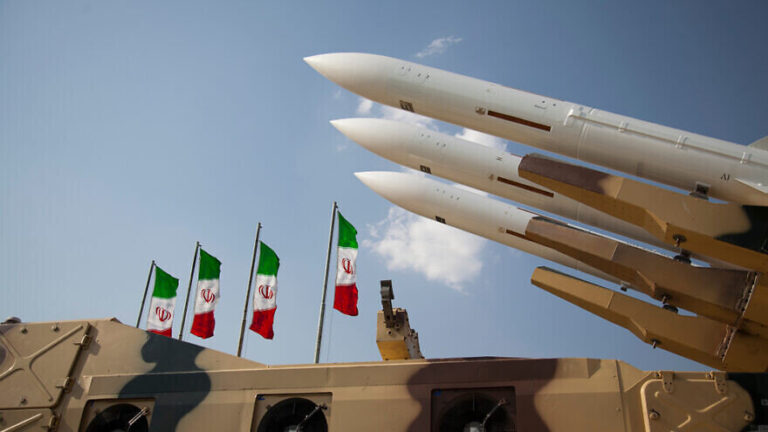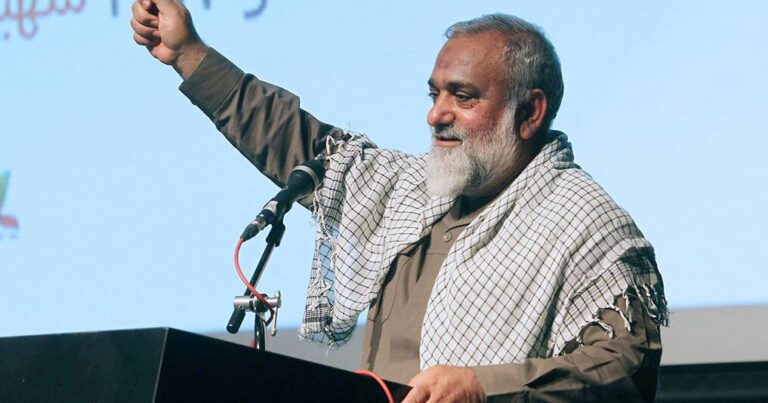How Iran-US Negotiations Impact Everyday Life for Ordinary Iranians: No Deal, No Relief
In recent months, the dollar exchange rate has become a focal point of concern for many Iranians, including myself. The fluctuations in the dollar’s value have led to a cycle of anxiety and regret, especially since I sold all my dollars a few months ago. As I keep track of the dollar exchange rate, I reflect on the decisions made during these turbulent times.
Last year, when I made the decision to sell my dollars, the exchange rate was around 68,000 tomans. Fast forward to two weeks ago, and the dollar peaked at an unprecedented 102,000 tomans. However, this surge was short-lived as negotiations between Tehran and Washington began, prompting a significant decline in the exchange rate. This has led to a bittersweet realization: I often calculate how much my partner and I could have gained had we waited just a bit longer.
Over the past six to seven years, we diligently converted our savings into dollars, totaling approximately $20,000 by the fall of 2024. We chose to keep our cash at home due to a deep-seated fear of theft and a lack of trust in banks, which had previously forced currency conversions during a crisis in the early 2010s. The public’s confidence in financial institutions was shattered, and our savings were insufficient to purchase a home in Tehran.
With the relentless rise in prices and stagnant incomes, renting in Tehran became increasingly daunting. A staggering 50% of our earnings were consumed by rent. The situation worsened with escalating tensions in the region, particularly the Israeli-Iranian conflict, which made the prospect of war feel imminent. Each night, we braced ourselves for the worst.
Faced with these uncertainties, we decided to invest in a home outside Tehran—an action intended to secure both our finances and our safety. The property market in the capital was beyond our reach; a modest 600 sq ft apartment cost around 5 billion tomans, while we had less than two billion tomans available.
Following some research, we found an old 2000 sq ft house in a small town in Gilan Province, far removed from military hotspots and surrounded by clean air. We proceeded to sell our dollars overnight, liquidate some jewelry, and borrow 600 million tomans to finalize the purchase at 2.5 billion tomans. Although we were bound to our jobs in Tehran, we now had a safe retreat—a solid investment and a backup plan.
Almost immediately after selling our assets, the dollar and gold prices surged again. The realization of what we had lost became unbearable, especially since family members had advised us against selling during a rising market. “Why sell when the dollar is climbing?” they questioned. The stress of our decision led to arguments, with my partner often reminding me of their doubts. Although we agreed not to dwell on the issue, we both still found ourselves checking the rates and calculating the financial impact in our minds.
As US-Iran negotiations unfold, I find myself conflicted. While a deal with Donald Trump could provide much-needed funds to the government, it is unlikely to alleviate the struggles of the average citizen. Most of the benefits would likely flow to Iran’s entrenched oligarchy, particularly the IRGC and its affiliates, rather than the broader population.
Currently, the threat of war seems to be receding, offering a fragile sense of peace. However, many citizens are not ambivalent about the negotiations. A recent poll on Telegram revealed that approximately 70% of over 5,000 participants would prefer a breakdown of the deal and an attack on the Islamic Republic. While this may not represent the entire society, I know many who oppose a deal, believing it would only extend the theocratic regime’s grip on power.
Despite the temporary dip in the exchange rate, there has been no corresponding decrease in prices or inflation. The harsh reality persists: we earn in tomans yet spend in dollars. For me, the declining value of the dollar has conjured an unusual sense of comfort, making our recent choice feel less like a loss and more like a wise investment amid uncertainty.
In conclusion, the current economic climate in Iran is fraught with challenges and unpredictability. As the dollar exchange rate continues to fluctuate, many are left grappling with their financial decisions and the implications of geopolitical tensions on their livelihoods.






